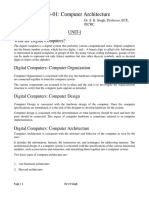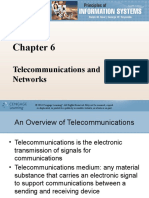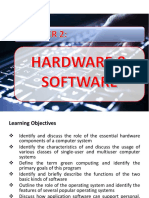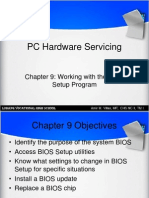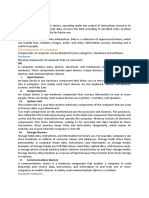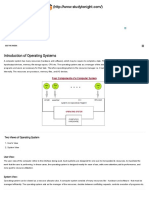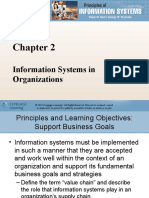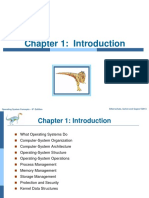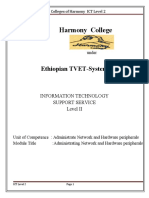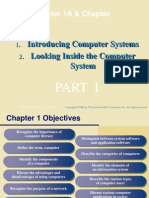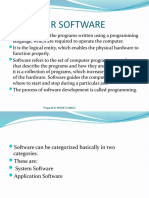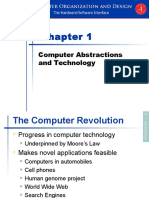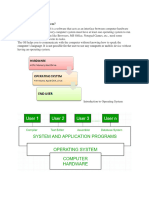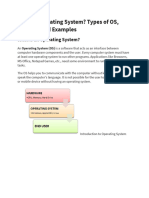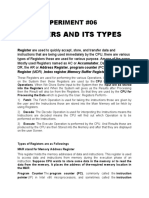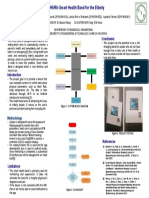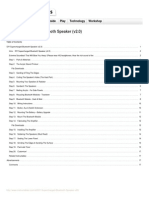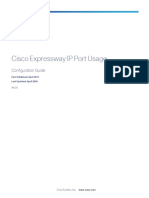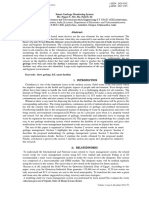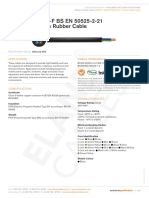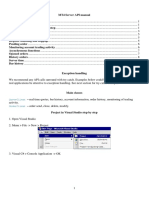0% found this document useful (0 votes)
115 views4 pagesOperating Systems Overview
An operating system is software that acts as an interface between users and computer hardware. It allows users to run applications and manage resources like memory, files, and input/output functions. Common operating system features include multitasking, networking, security, and memory management. There are different types of operating systems including batch, time-sharing, real-time, distributed, mobile, and network operating systems designed for specific uses. Operating systems provide advantages like abstraction of hardware and easy application use through graphical interfaces but also have disadvantages like potential loss of data if the OS fails and high costs.
Uploaded by
Syeda Fatima AhsanCopyright
© © All Rights Reserved
We take content rights seriously. If you suspect this is your content, claim it here.
Available Formats
Download as DOCX, PDF, TXT or read online on Scribd
0% found this document useful (0 votes)
115 views4 pagesOperating Systems Overview
An operating system is software that acts as an interface between users and computer hardware. It allows users to run applications and manage resources like memory, files, and input/output functions. Common operating system features include multitasking, networking, security, and memory management. There are different types of operating systems including batch, time-sharing, real-time, distributed, mobile, and network operating systems designed for specific uses. Operating systems provide advantages like abstraction of hardware and easy application use through graphical interfaces but also have disadvantages like potential loss of data if the OS fails and high costs.
Uploaded by
Syeda Fatima AhsanCopyright
© © All Rights Reserved
We take content rights seriously. If you suspect this is your content, claim it here.
Available Formats
Download as DOCX, PDF, TXT or read online on Scribd
/ 4

